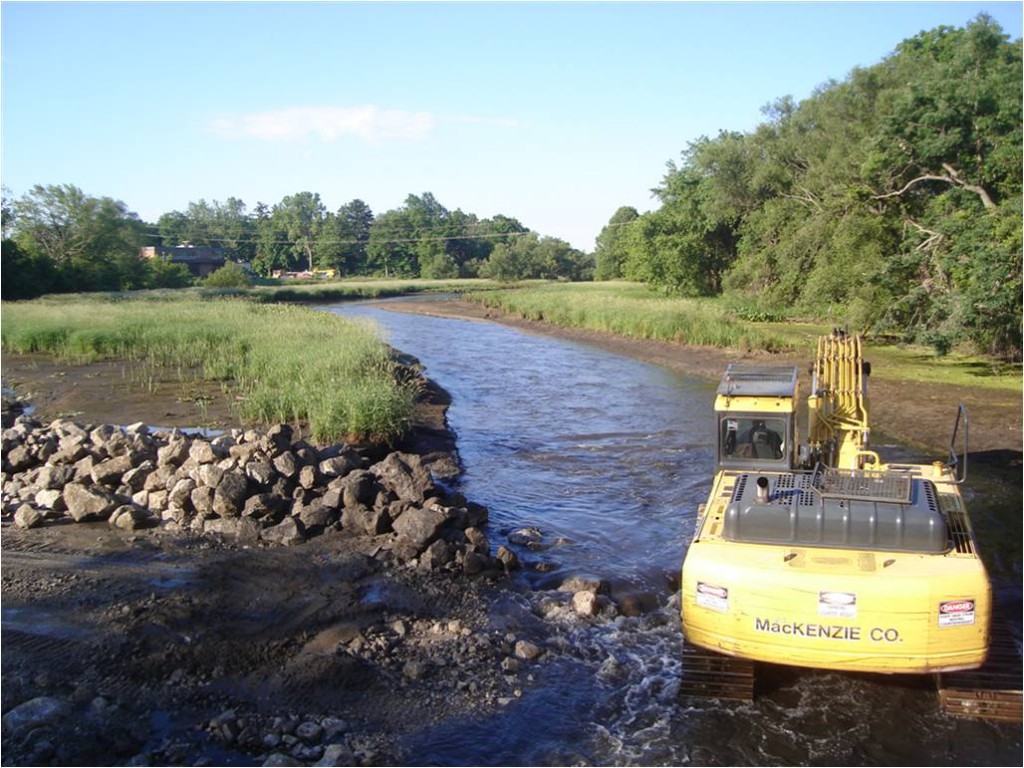We’re hard on our rivers.
We expect them to be everything for everybody — a source of clean drinking water; a place to put our waste; a place to have fun and relax; a source of energy; and more. River and water managers consider these many expectations in seeking a fair and equitable use of water resources in order to provide for our communities and protect and restore healthy freshwater ecosystems.
Water conflicts are escalating as communities, industries, agriculture, and energy producers compete for limited freshwater supplies. At the same time, there’s a growing awareness of the need to maintain adequate freshwater flows in river, lakes, floodplains, and aquifers to sustain biodiversity and reap the benefits of a healthy, functioning ecosystem upon which local communities and economies depend. Including ecological needs in water management has been difficult because most resource managers have not determined environmental flows — the quantity, timing and quality of water flows required to sustain freshwater ecosystems (Brisbane Declaration).
Why stream flow?
Stream flow regulates important river characteristics such as channel shape, current velocity, habitat diversity, oxygen concentration, substrate and water temperature. Flow is a function of climate, geology, vegetation and topography in unaltered rivers. When we change patterns of land use and water use, we change the pathways that water moves on the landscape and in streams and rivers. These changes can lead to novel conditions that no longer sustain healthy river systems.
We alter the flow regime of the Huron River in many ways — known as river regulation. Impervious surfaces, stormwater systems, farm drainage tiles and ditches all alter the flow regime to the river. Dams and impoundments alter flow regime of the river by reducing daily and seasonal fluctuations. Altering the flow regime can adversely affect the physical, chemical and biological conditions of the river.
How are we restoring Huron flows?
Our work to re-establish more natural flow regimes in the Huron River ties into a larger strategy to protect and restore the health of the waters of the Great Lakes ecosystem.
We work directly and indirectly on restoring river flows through these projects and focus areas:
Livingston Watershed Advisory Group




